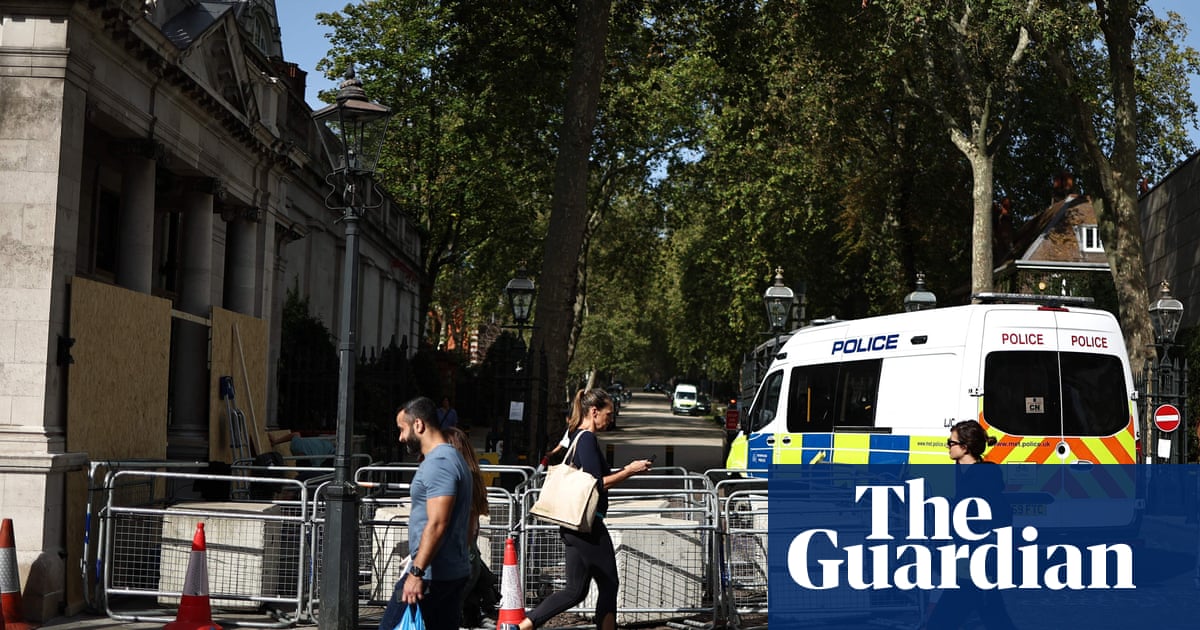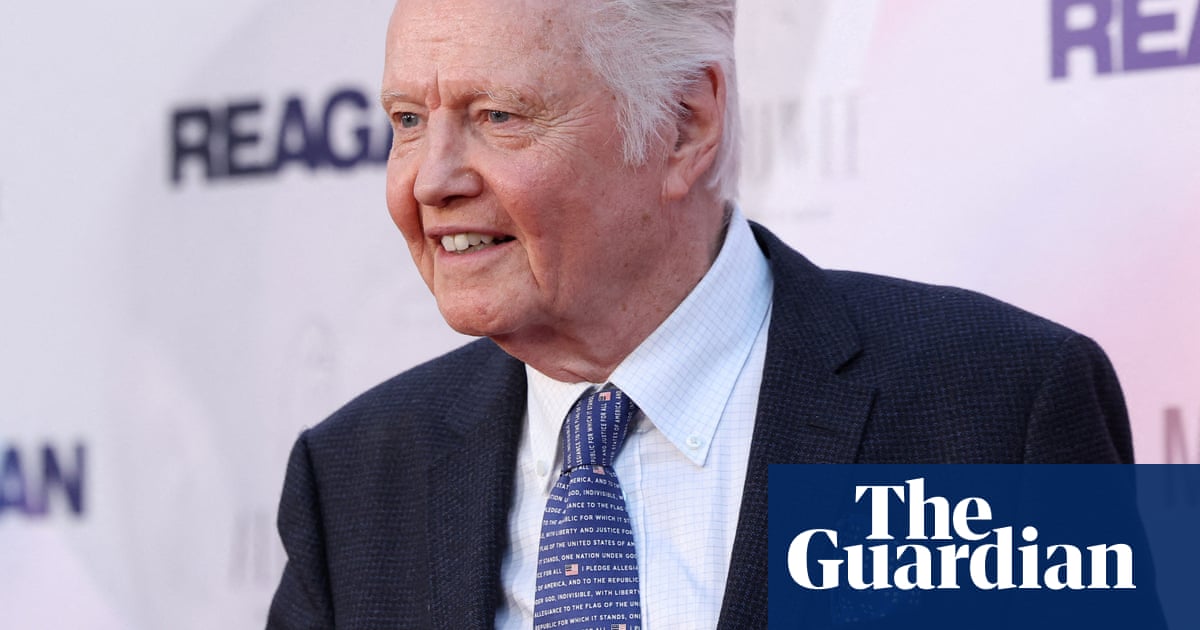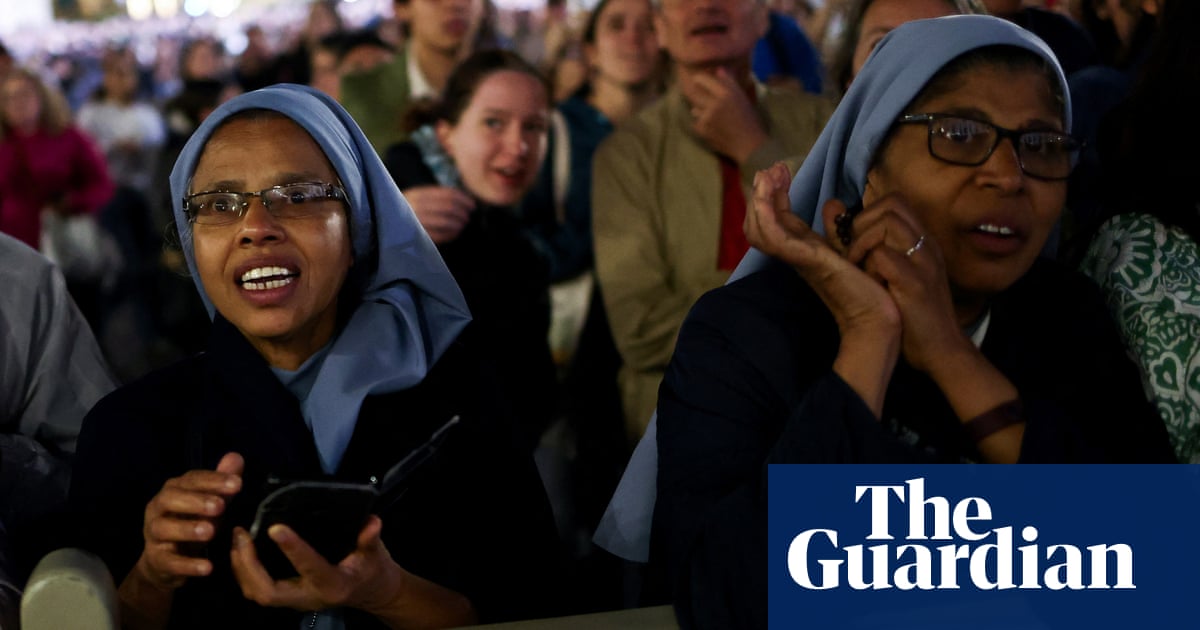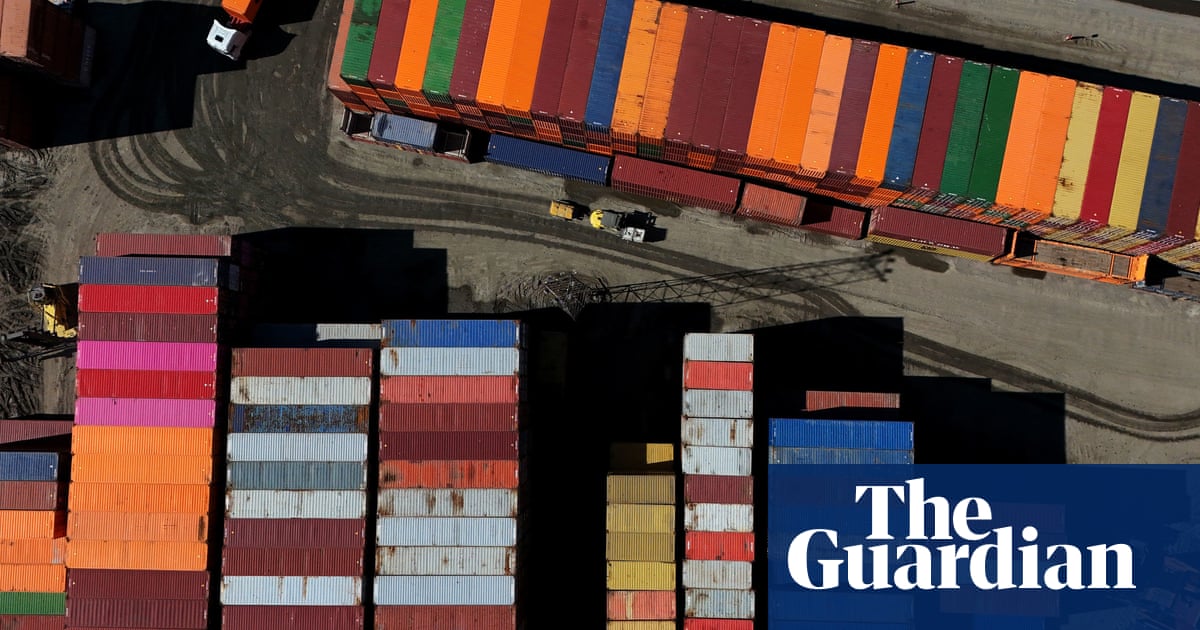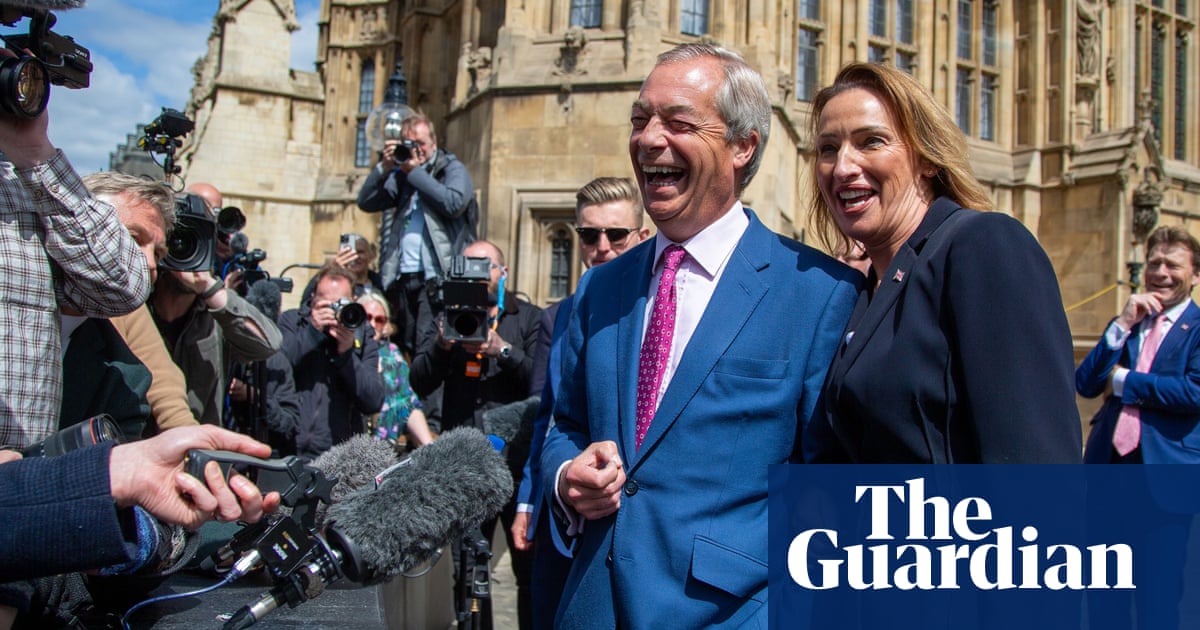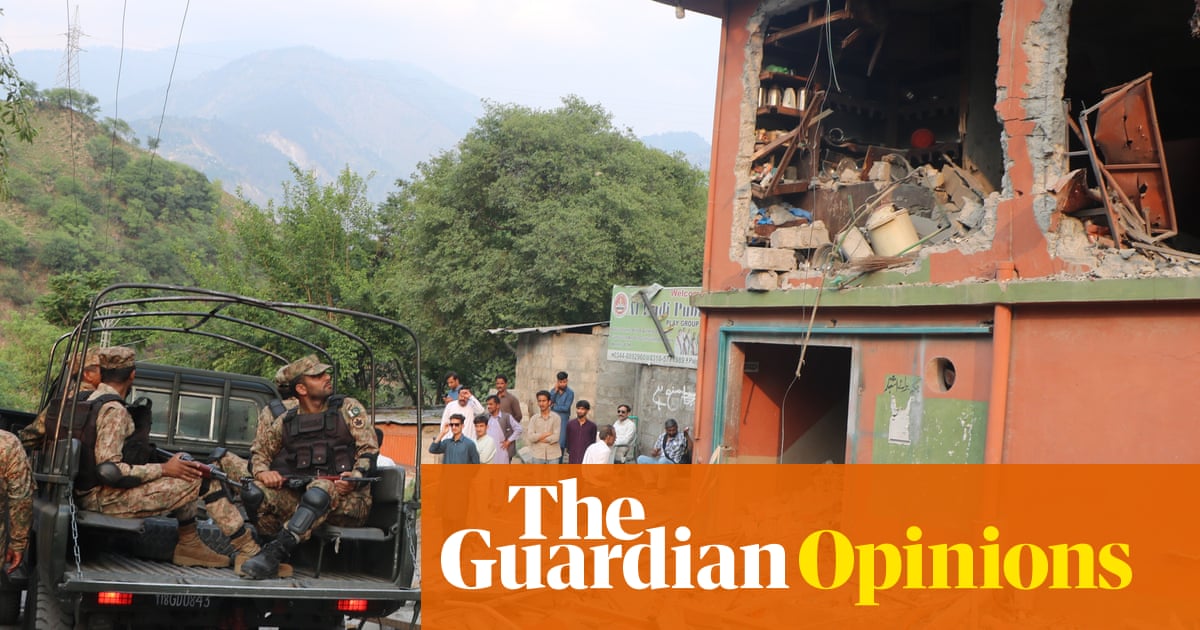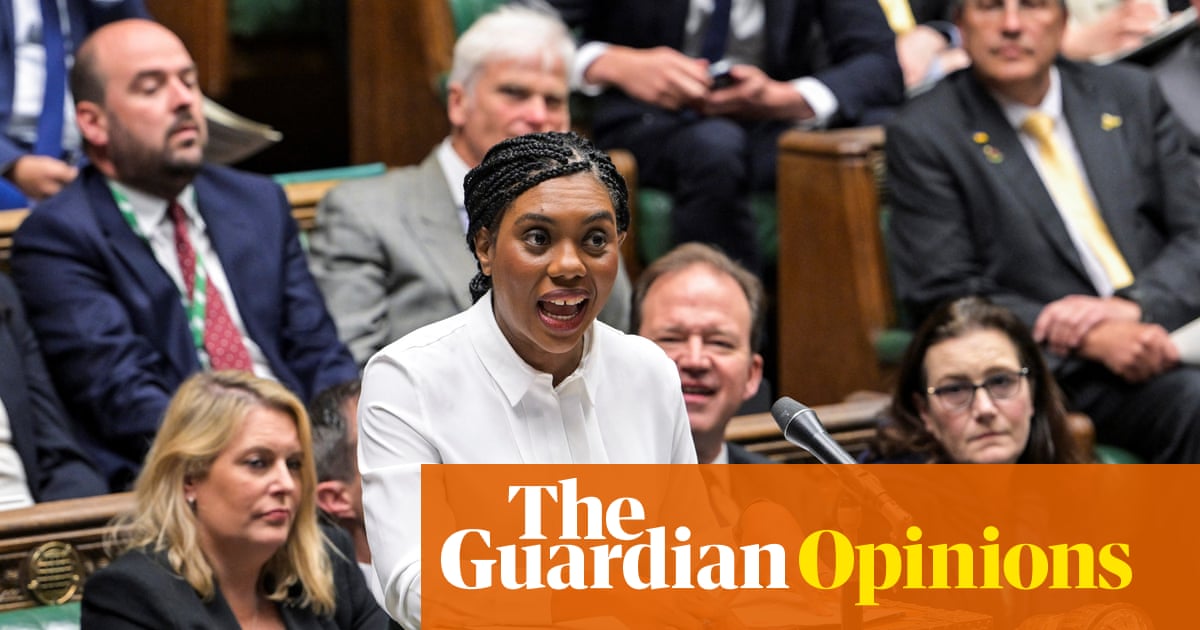The huge US-led cuts to international aid programmes and to the UN budget has prompted the UK foreign secretary, David Lammy, to propose a global conference as part of what he described as “a long overdue conversation about the future architecture of aid”.
UK Foreign Office officials said the conference was likely to be in the early autumn, and reflected a UK view that since aid cuts were not reversible in the foreseeable future, a discussion about priorities was required.
“I want to have a conference that brings together the western community on development and aid, and how we spend that aid, because the time is now right for leadership, and the time is right to be smarter and sharper about how we spend our money across the board,” Lammy said. “We do need to recognise, a conversation about reform is long overdue.”
The UK, to the horror of many Labour activists, is itself cutting its aid budget from 0.5% to 0.3% of gross national income by 2027-8. The UK’s cut, likely to be in the order of £6bn annually, has been presented as part of a move to fund an increase in defence spending, and Lammy insisted the cuts were “not part of an ideological turn away from aid by the UK”.
Aid cuts at the speed and depth being implemented by the US administration – once the linchpin of international aid - are however much more significant. The US funded a quarter of western aid in 2024.
Speaking to the Lords International Relations Committee, Lammy said: “It is true if you look across Europe – the Netherlands, France, Germany – we are seeing a reduction in spend, but it is also true there has been a need for a deeper and more meaningful conversation about western development for many, many years.”
The scale of the funding cuts created by the slashing of the USAID programme, and European retrenchment marks a complete reversal in aid policy. According to the OECD, the US aid budget in 2024 represented 30% ($63.3bn) of the total $212bn aid provided by the 33 almost exclusively western countries on the OECD’s Development Assistance Committee, the global body that measures, defines and advises on aid.
These numbers exclude aid provided by states that are not full members of the DAC, including Gulf States. China, Turkey and India are not DAC participants at all and run their own aid programmes.
The exact scale of the US state department cuts is only slowly emerging. On 10 March, Marco Rubio, the US secretary of state, said 83% of USAID programmes would be cancelled, and a spreadsheet of cancelled contracts sent to Congress later in the month analysed by the Centre for Global Development suggested a dollar value cut of about 38% of existing awards.
Any single precise number for USAID cuts was likely be partial, since money for these programmes is being cut in phases and some funding for cancelled programmes may already have been spent, or being transferred to other aid programmes more in line with Donald Trump’s White House.
In a further submission sent to Congress setting out US budget for 2026, the White House said on 2 May that it intended to cut state department and international budgets by $49.1bn or by 84%. Big ticket items included non-food humanitarian aid cut from $7.2bn to $2.5bn, £6bn removed from global health programmes, and $8.36bn from economic and development aid.
The official justifications to Congress for asking for these specific cuts so far amount to little more than Maga talking points about woke liberalism, but at a minimum, 15% of total international aid spend – roughly $30bn – is to be cut.
Regardless of the precise sum, and the response of US Congress, the chief executive of the International Rescue Committee and former British foreign secretary, David Miliband, a close political ally of Lammy, believes the loss of this level of funding inevitably marks a turning point for aid, especially since there is little sign that new sources of funding can fill the vacuum.
“At the moment there is a big sucking sound out of the aid sector rather than the replacement of European or American aid with anyone else’s aid,” he said.
In a preview of the issues likely to be aired at Lammy’s proposed conference, Miliband, in a speech to Chatham House, said: “The focus of the aid budgets have been diluted across multiple priorities, while their overall size has been reduced.”
Meanwhile, the hope that public-private partnerships would turn “billions of dollars into trillions of dollars” for the poorer parts of the world has not been fulfilled. The macroeconomic environment had turned sour even before the trade war induced by Trump’s tariffs because of rising interest rates.
That backdrop made the need for fundamental change even more urgent and ad hoc reactive cuts were a mistake, Miliband argued. “The primary danger of the aid cuts, obviously, is that they cost lives, but there’s another danger, which is that they reinforce salami slicing and conservatism elsewhere in the aid system,” he said.
Miliband said aid had lost its focus on the extreme poor. “When you look at what aid is spent on, humanitarian aid, the most extreme forms of life saving relief is only about 14% of the total aid budget, and health spending is only around 10%,” he said.
“OECD analysis shows that the largest share – around 60% of bilateral aid in 2017 to 2021 – went on global challenges like climate mitigation. Meanwhile, richer donor countries are spending more or less as much of the aid budget on supporting refugees and asylum seekers inside rich countries as they’re spending on humanitarian aid globally.”
after newsletter promotion
Miliband was pretty clear that in any coming re-evaluation, those in extreme poverty needed to be the priority. “In 1987, 30% of countries were classified as low income. In 2023 it was 12% […] Meanwhile, the number of people in extreme poverty in sub-Saharan Africa has risen to 438 million. So nearly 70% of extreme poor [earning less than $2.15 a day] live in sub-Saharan Africa.”
Conflict is increasingly identified the common denominator in explaining extreme poverty. In 1990, less than 10% of the extreme poor lived in conflict states, but today the World Bank says it is more than 50%, and by 2030 it will be two-thirds.

Yet the aid system often relies on government structures to deliver, even though these structures are often compromised in war zones. The share of aid that goes to fragile and conflict states has declined from around a third in 2019 to 22% in 2023.
Miliband also argued that in any new aid compact, states outside the G7 group of industrialised countries needed to be better included. If the world had entered an era of multi-polar power, in which the US was no longer the global anchor, the base of aid donors logically should be broadening, he said.
At present, the G7 group constitutes 30% of global GDP and 75% of global foreign aid funding. “It’s legitimate to point out that the combined income of the Brics countries is equivalent to US GDP, but with nothing like the US aid contribution, and it’s perfectly legitimate as well to call on newly wealthy countries, notably in the Gulf, to play their full part in helping those left behind by globalisation,” Miliband said.
Contributions made by the eight non-OECD states, including Kuwait, Qatar, UAE and Saudi Arabia, that sit on the DAC as “participants” are measured but not counted in the published figures. The perception is that these countries tend to focus aid within their region, and outside the multilateral system.
Saudi Arabia, for instance, through the King Salman Foundation, has spent more than $3bn a year on aid. Dr Ali Rabeeah, the foundation’s supervisor general, insisted it was not sensible to think the Gulf States alone could fill the shortfalls in western aid.
The US withdrawal from aid also represents a tempting opportunity for China to bolster its influence (it does not like the term “soft power”). Tom Fletcher, a former British diplomat who is head of the UN humanitarian organisation Ocha, was recently in Beijing telling the Chinese government that “there is a real leadership role for China around the disaster response effort globally”.
In a speech to students, he made an appeal to young Chinese to become “the great humanitarians of the 21st century, including by rebuilding humanitarian law for the 21st century”.
One could be cynical and say these were the desperate entreaties of a man with an empty begging bowl, and with nowhere else to turn. Ending the institutional divides between the west and the rest on aid may prove impossible because China is too averse to the transparency that might be the price for integrating its aid offer into a more multilateral setting.
But if China took up Fletcher’s offer, stepping into some of the vacuum created by the US and in the process shedding some of its reputation for entrapping African countries in debt, the consequences for declining western soft power in Africa, and for UN legitimacy, would be vast.

.png) 19 hours ago
8
19 hours ago
8
